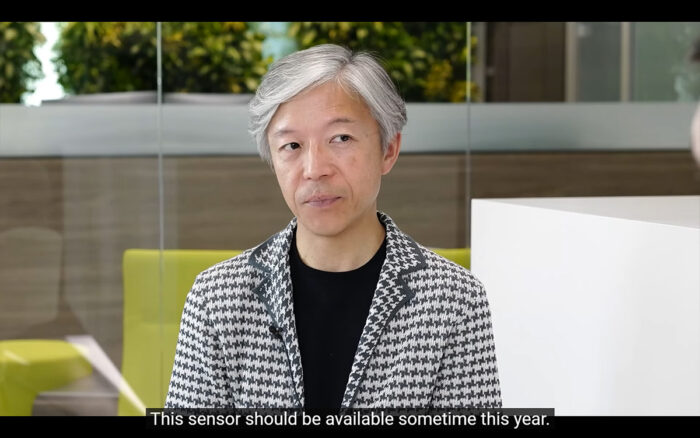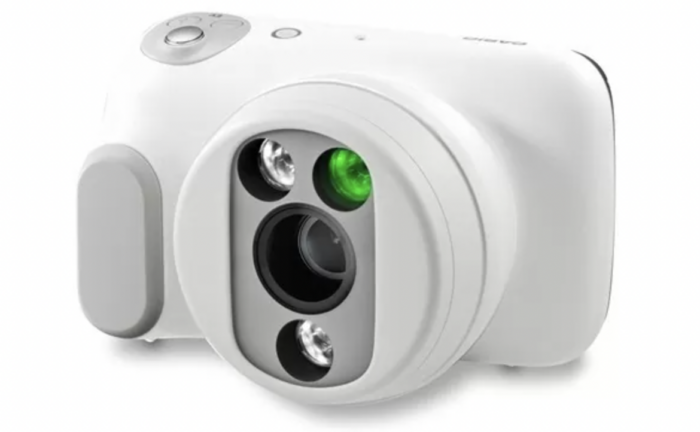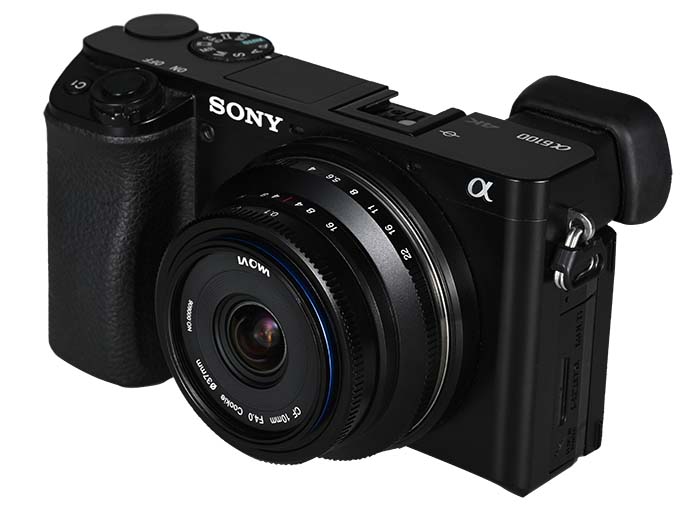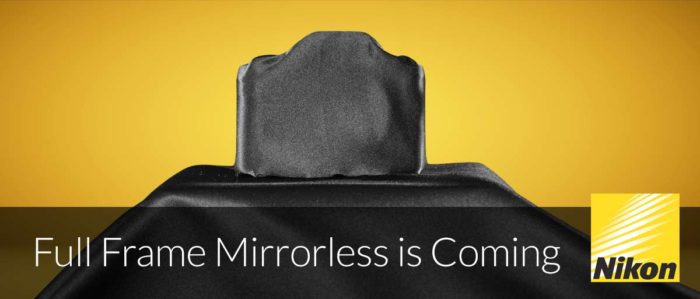Good news from Sigma: Their new Full Frame Foveon sensor will be “ready” end of this year!

The Sigma CEO released an interview and said the following:
- We are still in development and are working on a prototype of a three-layer Foveon X3 sensor.
- This sensor should be available later this year
- The Foveon X3 sensor is not a versatile sensor and has disadvantages such as dark performance
- But when the amount of light is widespread, this camera can produce very beautiful and wonderful pictures.
via DClife






